Women in Advertising
Pakistan’s advertising industry has undergone a quiet revolution over the past few decades – led by women. From the days when female voices were sparse in agency boardrooms to today’s era of growing visibility and influence, women have not just entered the profession – they are redefining it.
Among the early change makers was Zohra Yusuf, who began her career as a copywriter at MNJ Communications in 1971 and rose to become creative director at Spectrum Y&R by the mid-eighties. At a time when client relations dominated agency dynamics, Yusuf helped centre creativity, and with it, women, in the industry’s power structure. Others soon followed suit: Sara Koraishy, one of the country’s pioneering creative leaders, made her mark by steering some of Pakistan’s most memorable campaigns and mentoring a generation of advertising professionals. Her leadership helped cement the idea that women could not only participate in, but shape, the creative vision of the industry.
With the 2000s came a steady influx of women graduating from design and media programmes at institutions like IVS and NCA. They entered a more professional and creative landscape, bolstered by a shift in the industry’s value system. Creative storytelling, emotional intelligence and digital fluency became prized skills that women were often uniquely positioned to offer. Leaders like Rashna Abdi helped steer large campaigns, build agency culture, and win international recognition.
Digital transformation played a key role. New platforms created more entry points, more flexibility, and faster progression. Women now lead at prominent agencies like East River, Ogilvy and BBDO, where creatives like Amina Baig and Atiya Zaidi are helping to shape Pakistan’s modern brand identity. In 2023, the launch of the Pakistan Alliance for Women in Media & Marketing (PAWM) formalised networks of support, mentoring, and visibility for female professionals.
Despite these gains, challenges remain. Women still encounter structural inconsistencies, especially in smaller agencies where standardised HR policies are lacking. The absence of regulatory oversight means that maternity leave, equal pay and flexible hours vary widely across the industry. While some leaders like Atiya Zaidi report salary parity, others note a persistent wage gap – one that is tied to outdated assumptions rather than actual performance.
Retention is another issue. Many women drop out of the workforce after marriage or motherhood due to inflexible structures and a lack of childcare support. Industry veterans like Nida Haider Khan stress that unless agencies evolve to accommodate this reality through policy reform, they risk losing some of their most skilled talent.
Still, there are reasons for optimism. The culture of the industry is changing. Younger generations see advertising not as a male-dominated arena, but as a space for creative autonomy and innovation. And as women continue to move up the ranks, they are not only producing breakthrough campaigns – they are building pathways for others.
From strategy to storytelling, women in Pakistani advertising are no longer working to fit into the industry; they are transforming it from within. The progress may not be perfect, but the direction is clear: the future of advertising in Pakistan is not just female-friendly – women themselves are writing it.
From Aurora’s archives
INTERVIEW
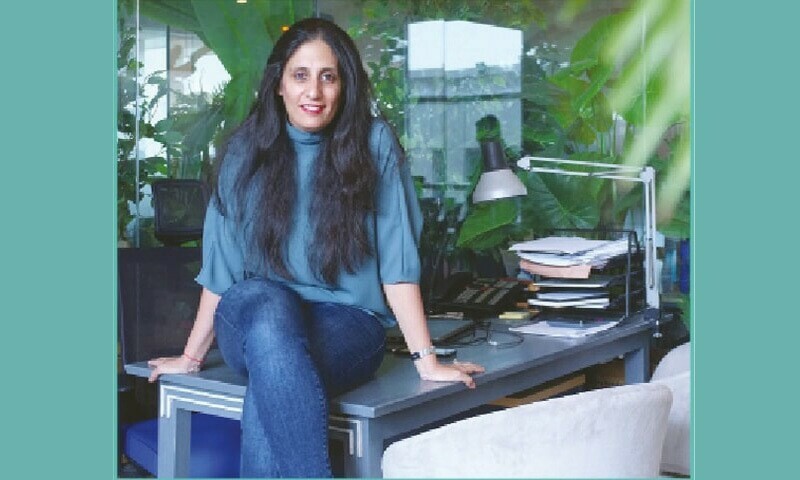 Sara Koraishy, CEO, JWT|GREY Pakistan
Sara Koraishy, CEO, JWT|GREY Pakistan
PROFILE
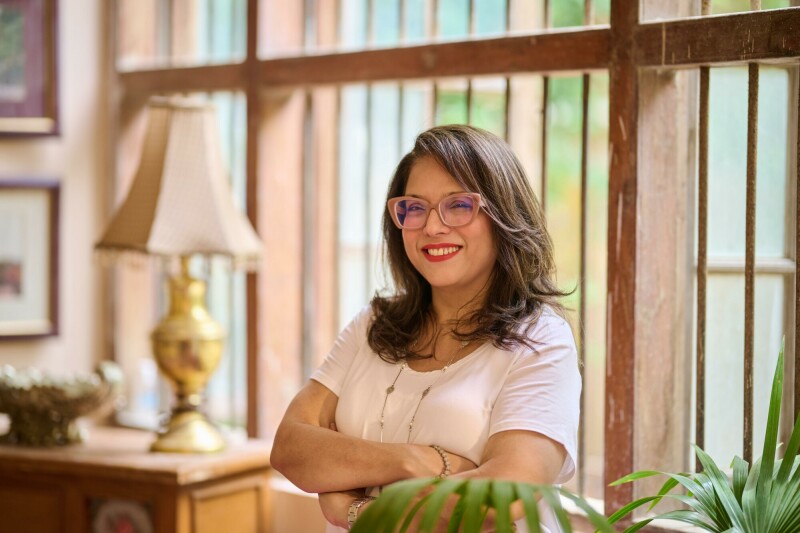 Doing The ‘Write’ Thing: Kiran Murad, Creative Consultant
Doing The ‘Write’ Thing: Kiran Murad, Creative Consultant
ARTICLES
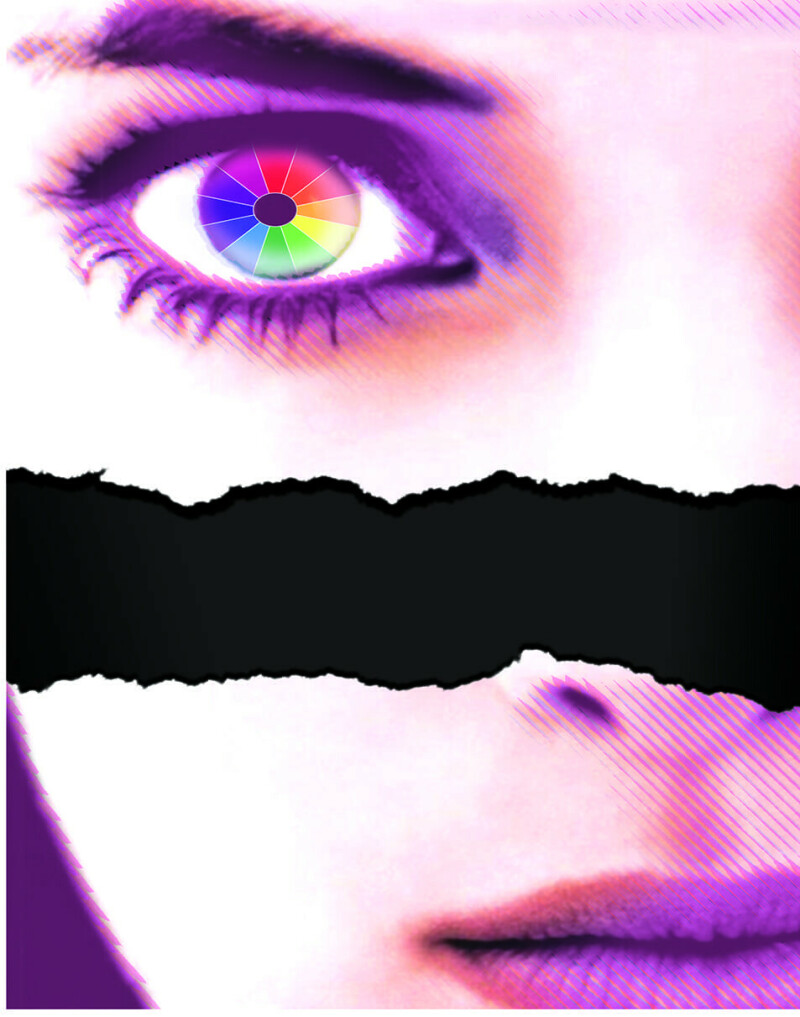 Girl, Interrupted – Marylou Andrew
Girl, Interrupted – Marylou Andrew
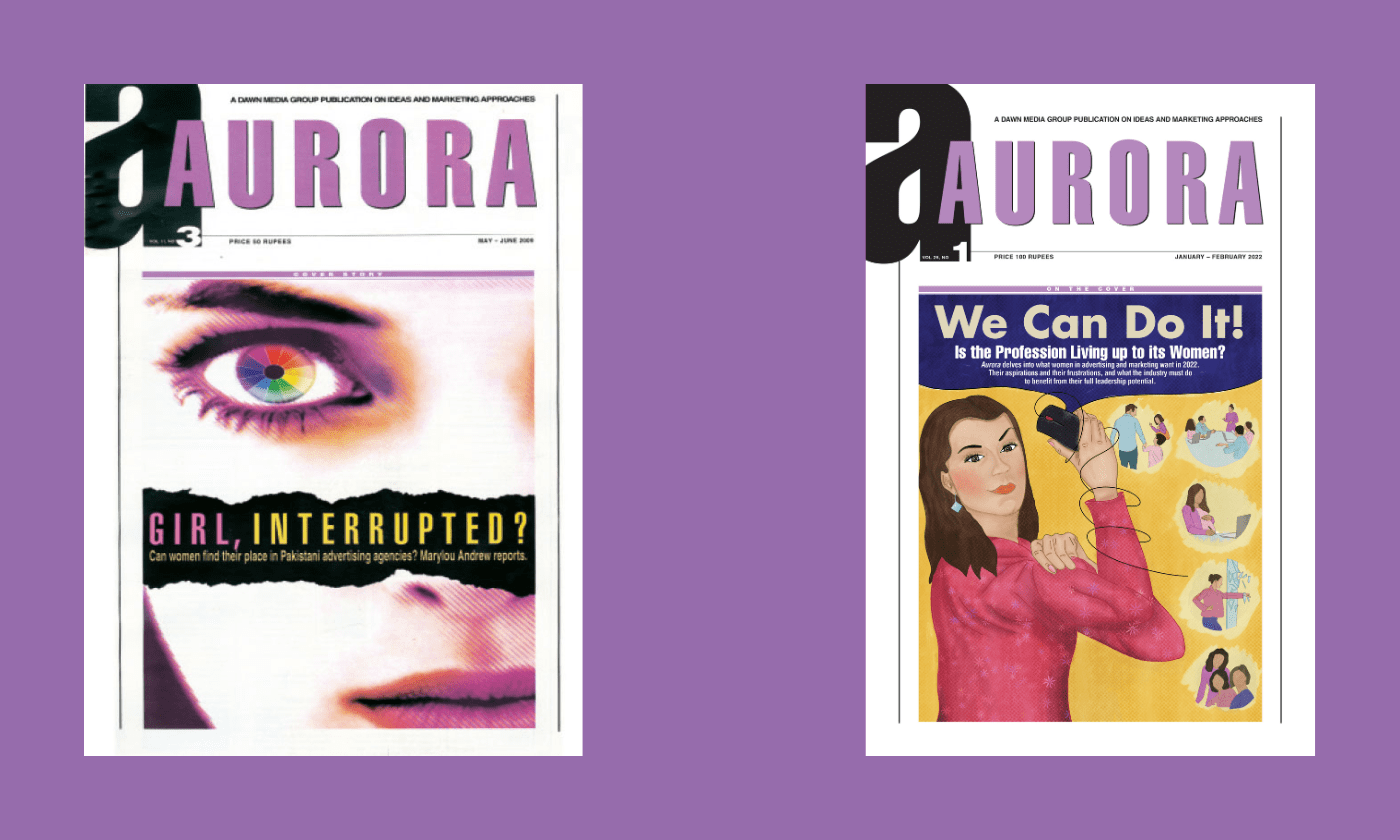

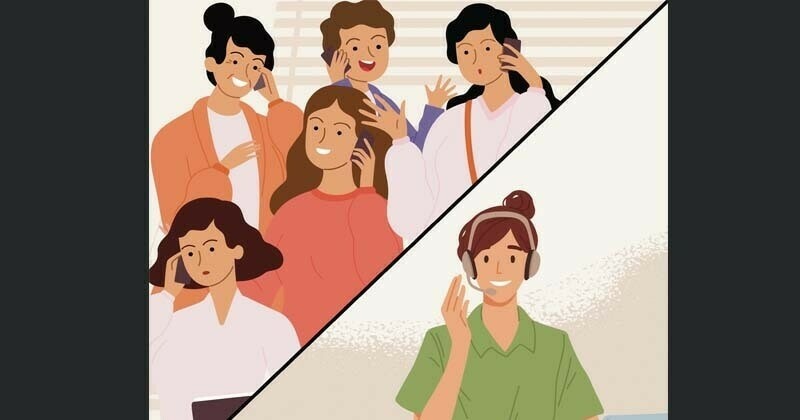
Comments (0)